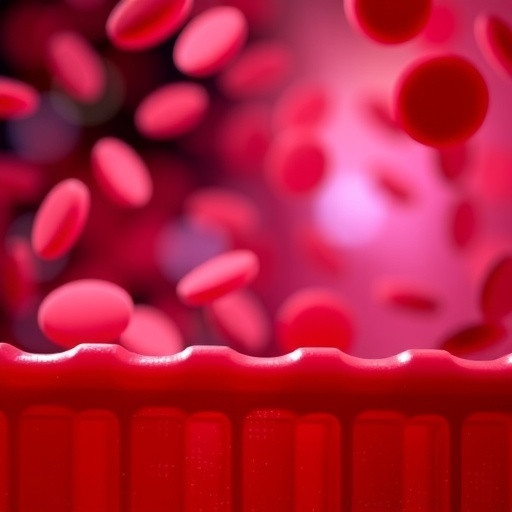Researchers from Case Western Reserve University School of Medicine in collaboration with researchers from Dartmouth Geisel School of Medicine and RWTH Aachen University (Germany) have adapted virus particles–that normally infect potatoes–to serve as cancer drug delivery devices for mice. But in a recent article published in Nano Letters, the team showed injecting the virus particles alongside chemotherapy drugs, instead of packing the drugs inside, may provide an even more potent benefit.
The researchers discovered injecting potato virus particles into melanoma tumor sites activates an anti-tumor immune system response. And simultaneously injecting the nanoscale plant virus particles and a chemotherapy drug–doxorubicin–into tumor sites further helps halt tumor progression in mice. But surprisingly, when the researchers created and injected combination nanoparticles, where the chemo drug is physically attached to the virus particles, there was not a significant added benefit.
The results are the first to show "vaccinating" mice with potato virus nanoparticles at a cancer site can generate an anti-tumor response. But the results also suggest more complex nanoparticles may not correspond to added therapeutic benefit.
"It's attractive to want to create multifunctional nanoparticles that can 'do it all,'" said Nicole F. Steinmetz, PhD, senior author on the study, George J. Picha Professor in Biomaterials, member of the Case Comprehensive Cancer Center, and Director of the Center for Bio-Nanotechnology at Case Western Reserve School of Medicine. "But this study shows significant therapeutic efficacy, including prolonging survival, requires a more step-wise approach. When the plant-based virus particles and the drugs were able to work on their own, we saw the greatest benefit."
Wrote the authors, "While the nanomedicine field strives to design multifunctional nanoparticles that integrate several functions and therapeutic regimens into single nanoparticle – our data suggest a paradigm shift; some therapeutics may need to be administered separately to synergize and achieve most potent therapeutic outcome."
Steinmetz and her team will next investigate mechanisms behind the potato virus particles' anti-tumor effects. She plans to test whether co-administering the nanoparticles with different chemotherapy drugs can delay, or slow the progression of other cancers. Said Steinmetz, "Dual-pronged therapeutic approaches may be our best defense against certain cancers. And, virus-based nanoparticles like the ones in our study may be used to enhance efficacy of existing medications."
###
This work was funded in part by a Research Scholar Award from the American Cancer Society (128319-RSG-15-144-01-CDD to N.F.S.), training grants from the National Institutes of Health (R25 CA148052 to K.L.L., T32 EB007509 to K.L.L., T32 GM007250 to A.A.M., TL1 TR000441 to A.A.M.), and a Case Western Reserve University (CWRU) Council to Advance Human Health (CAHH) Award (to N.F.S.).
For more information about Case Western Reserve University School of Medicine, please visit: http://case.edu/medicine.
Media Contact
Marc Kaplan
[email protected]
216-368-4692
@cwru
http://www.case.edu
http://casemed.case.edu/cwrumed360/news-releases/release.cfm?news_id=668
Related Journal Article
http://dx.doi.org/10.1021/acs.nanolett.7b00107
############
Story Source: Materials provided by Scienmag




